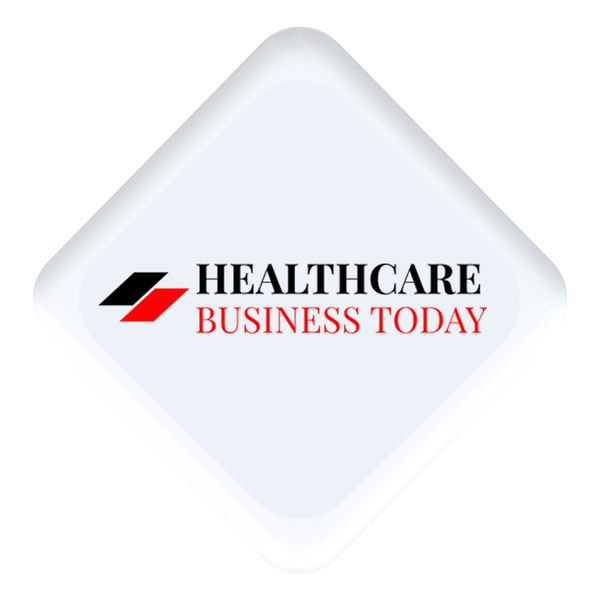While much of healthcare has been modernized, referral management remains one of the slowest-moving, resource-intensive processes in the industry. As patients increasingly demand rapid access to care, health systems continue to struggle with manual, fragmented workflows, pre-authorization barriers, and communication gaps. These inefficiencies can lead to delays in diagnosis and treatment, dissatisfied patients, and lost revenue.
Compounding these operational hurdles, ineffective referral processes negatively impact patient outcomes—delayed specialty care increases hospitalization risks by up to 16%. With the referral management software market projected to grow from $8.6 billion in 2023 to $42.7 billion by 2033, demand for digitally enabled, specialized solutions is rising.
Yet, fewer than 35% of referrals result in completed visits, and provider networks lose 55%–65% of referrals, translating to annual revenue losses of $821,000-$971,000 per physician. Current market leaders like Epic, Cerner, and Allscripts offer broad solutions but often lack specialized operational workflows and comprehensive analytics.
If your organization faces similar challenges, there’s good news: referral management and patient experience don’t have to remain stuck in the past. Here’s how to improve both.
Identify your Objectives
Clearly defining your objectives from the outset is essential. It sets direction and establishes priorities for every step in your referral improvement journey. Measurable goals ensure that every action taken aligns with your desired outcomes and keeps the initiative strategically focused.
Consider aiming for:
- Enhanced patient experience through reduced referral wait times
- Increased operational efficiency via automated referral tracking and appointment scheduling
- Better insights through advanced analytics on referral trends and outcomes
- Improved provider collaboration and seamless coordination across the care journey
Understand Your Current Workflow & Technology
The first step toward meaningful change is gaining a clear picture of your current referral workflow. Understanding every step your team takes is key, as migrating a flawed process into a new system only speeds up dysfunction.
Map out (or ideally, process mine) how referrals are currently handled—from intake (fax, email, phone, electronic) to transcription, validation, pre-authorization, and scheduling. This clarity allows you to pinpoint delays and drop-off points—and to identify where real improvement is possible.
You’ll also want to evaluate what you already own. What referral capabilities does your electronic health records (EHR) system have out of the box, and does it meet your current needs and those of your organization as it grows? But start with your own process before moving ahead. After all, you can’t fix what you haven’t mapped.
Identify Technology Gaps and Assess New Technology When Warranted
Once you’ve clearly defined your objectives and thoroughly understand your existing workflows and technology, identifying gaps becomes straightforward. Pinpointing them allows you to assess their relative impact, guiding informed decisions about the necessary next steps. You can then determine whether adjustments to current technology and processes suffice or if procuring a new, specialized solution is warranted.
Phase in New Workflows and Automations Methodically
From a project management standpoint, the least risky approach to modernizing your referral operations is to keep your current process running while you stand up the new workflow in parallel. Start small and move volume strategically. For example, you might begin with a specific type of referral (e.g., fax), ingest it into the new system, refine the workflow, and ensure it delivers exactly what you need.
You can even run an A/B split to compare performance: manual staffing and traditional processes on one side, the automated workflow on the other. Once you’ve ironed out the process and validated that it works, you can begin shifting more volume into the new system.
This isn’t about cutting your team members, but about reallocating them. Most healthcare systems are already short-staffed. By automating the right parts of the referral process, you free up your teams to focus on higher-value work in other parts of the operation.
Transparency & Communication
To meet modern patient and provider expectations, communication and transparency are paramount; patients must have a clear understanding of the status of their referral throughout the process. It’s similar to an Amazon delivery update: from the moment the referral is received, patients should be able to see where it stands, all the way through to appointment confirmation. That same visibility should extend to the referring provider. This helps to ensure the provider, the patient, and the health system delivering the service are all in lockstep.
Use Agentic AI to Expedite Decisions
Some advanced solutions now leverage technologies such as OCR and AI to convert faxed or emailed referrals into structured, actionable data. This automates the transcription step and accelerates intake for straightforward cases such as radiology, OB/GYN, or pediatric referrals—freeing your staff to handle more complex cases.
By automating referral routing and verifying acceptance criteria in real time, intelligent platforms can reduce manual review, minimize back-and-forth communication, and streamline prior authorization workflows. These systems also enhance patient engagement by triggering proactive outreach and appointment scheduling.
Referral Knowledgebase
The data used to power automated decision-making should also be accessible to referral coordinators and providers. Shared access to decision criteria and referral history enables more consistent and confident decision-making, reducing unnecessary delays. This visibility enhances overall efficiency, minimizes errors, and facilitates the prompt progression of referrals to the next step in the care journey.
In Closing
Improving referral workflows isn’t just about speed. It’s about winning and retaining patients, optimizing staff utilization, and unlocking revenue more efficiently. With the right tools, including existing platforms many health systems already use, leaders can roll out improvements in phases, prove value quickly, and drive system-wide transformation without overhauling everything at once.
By: Elevsis Delgadillo, Senior VP of Customer Success at KeenStack
This article was originally published on Healthcare Business Today.

